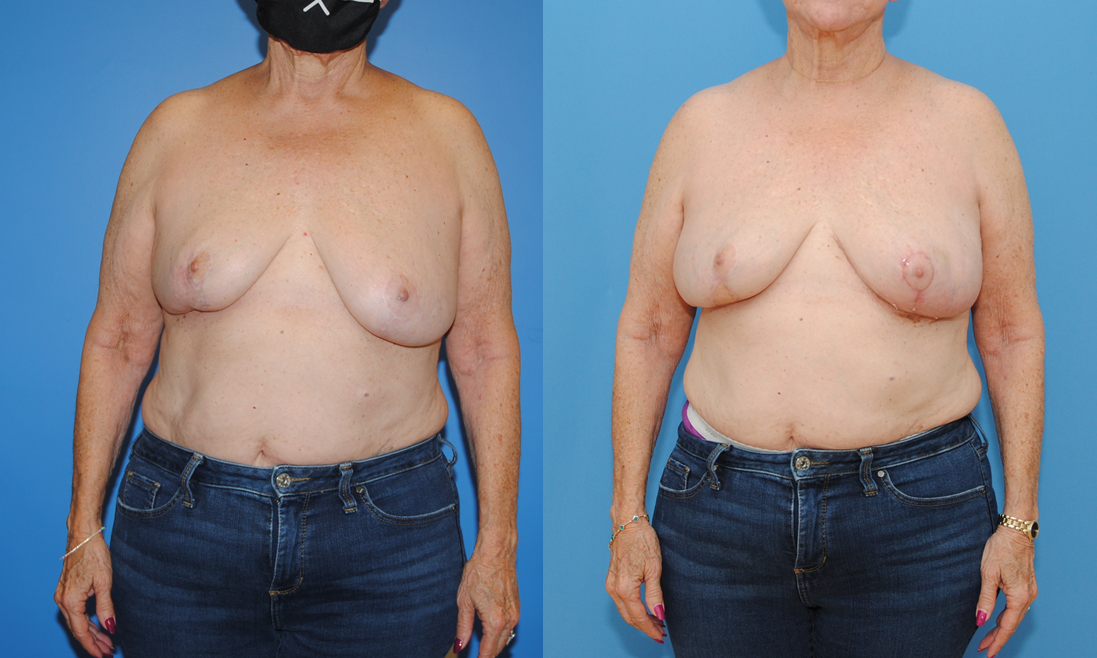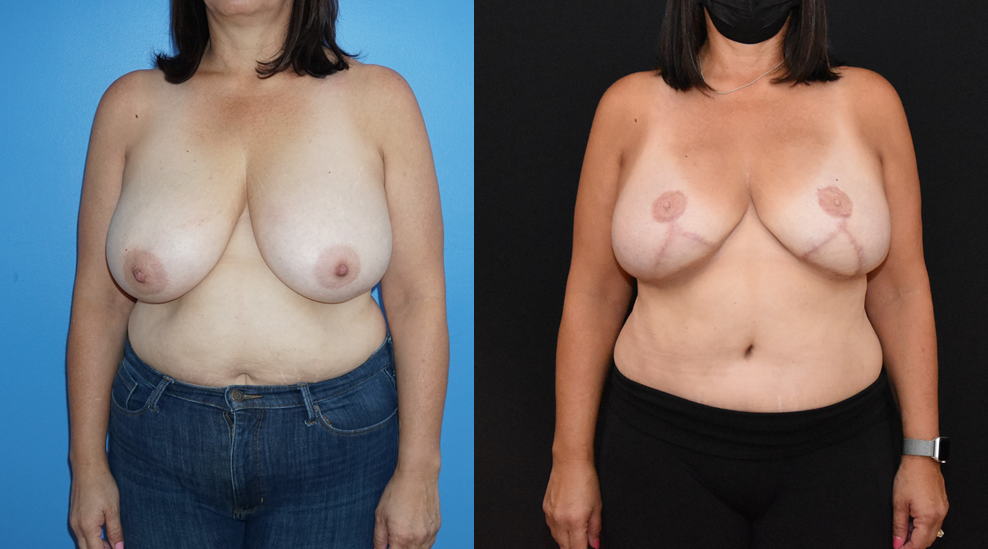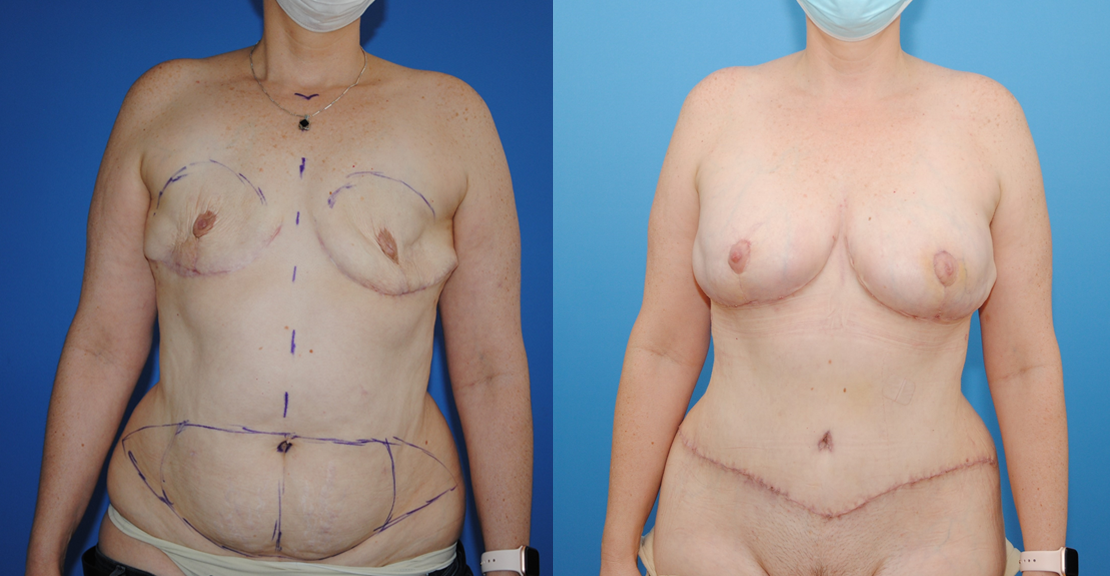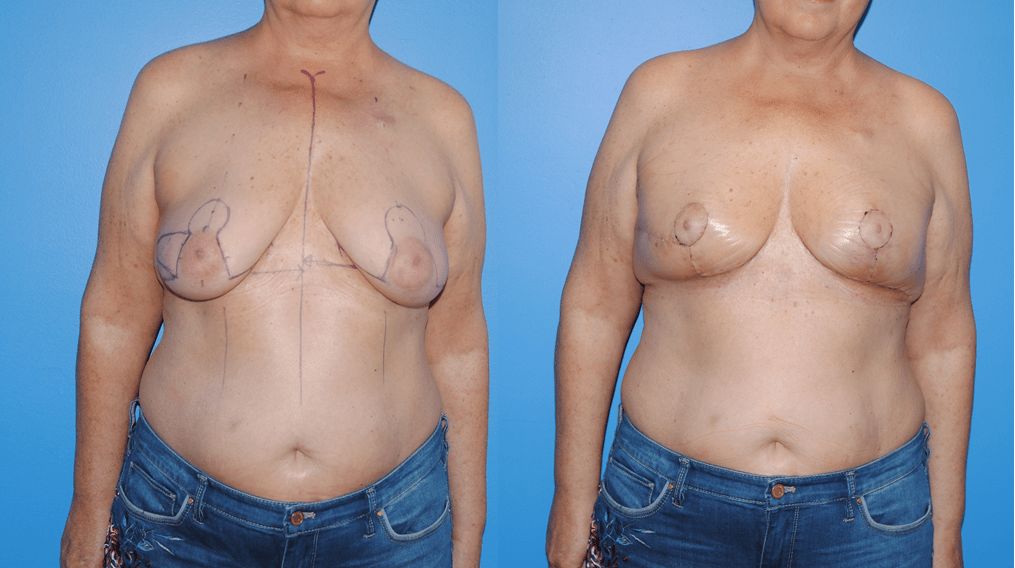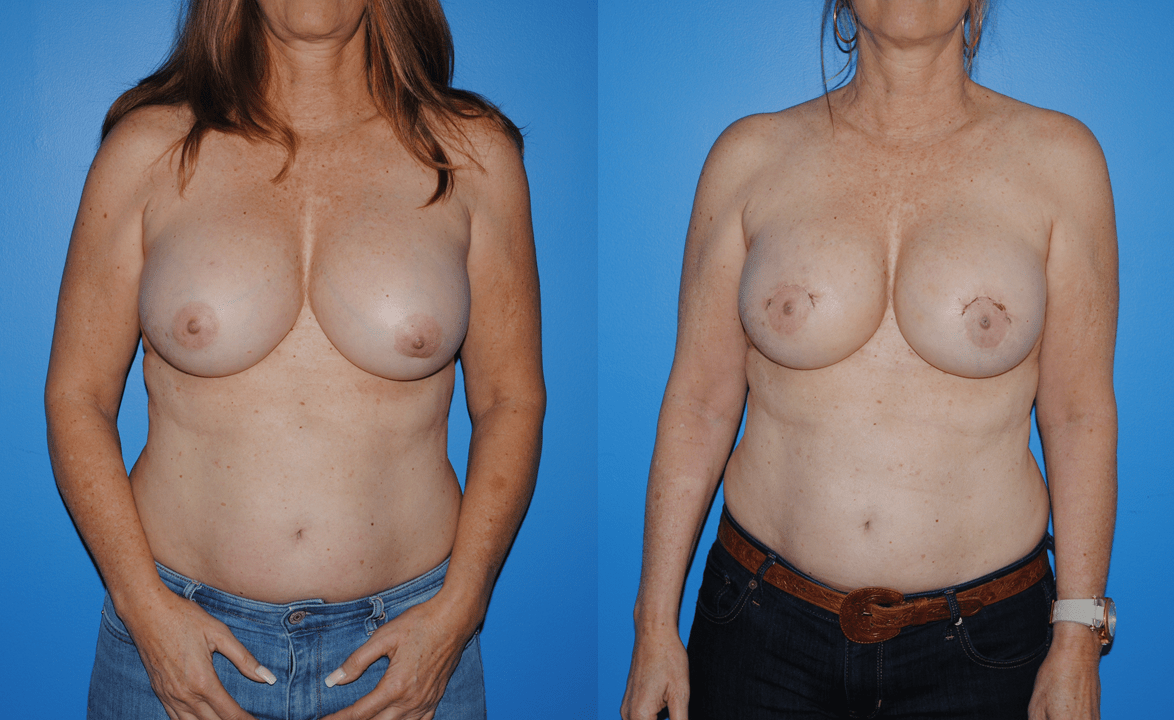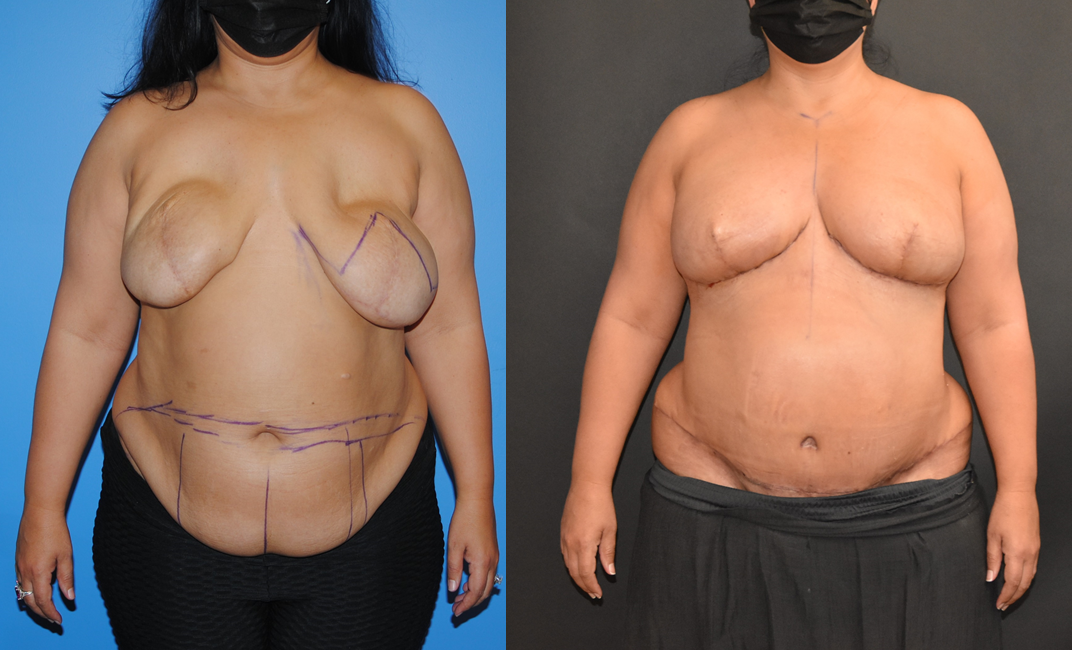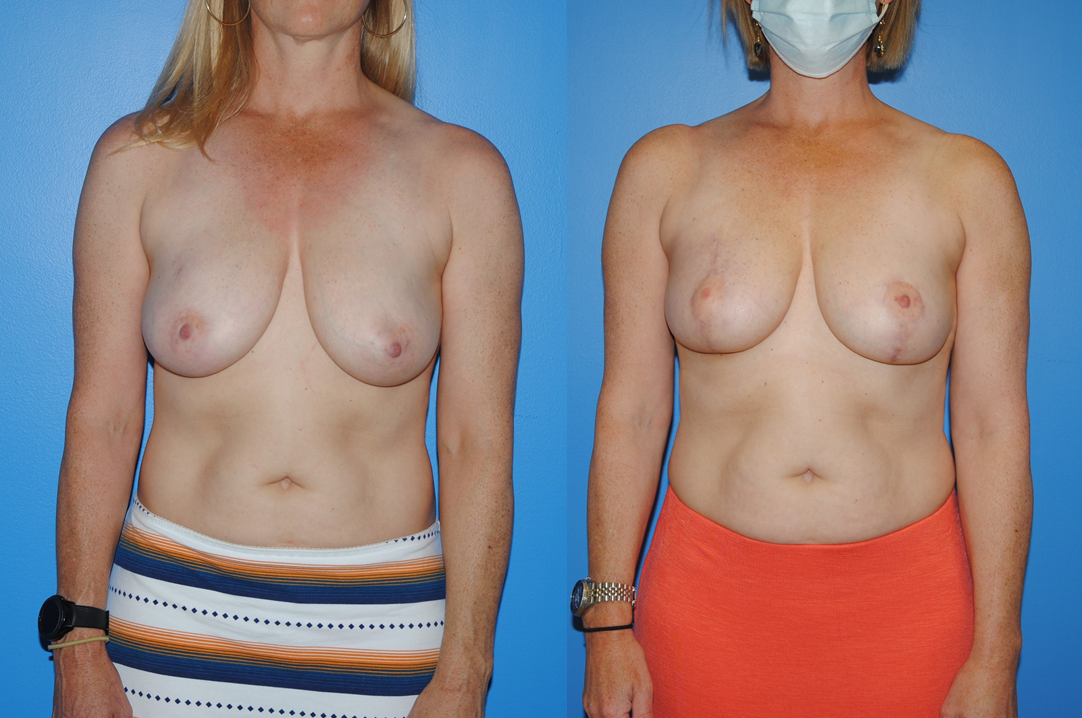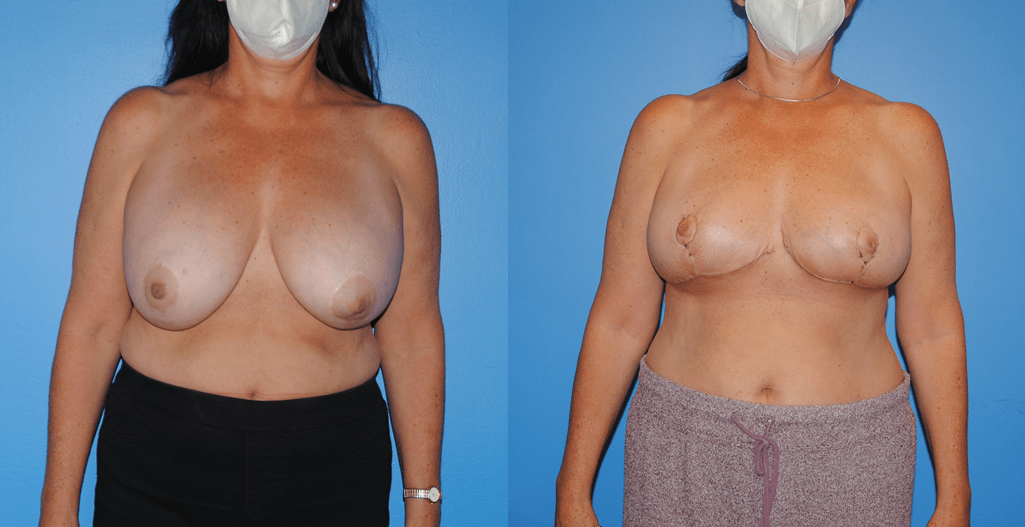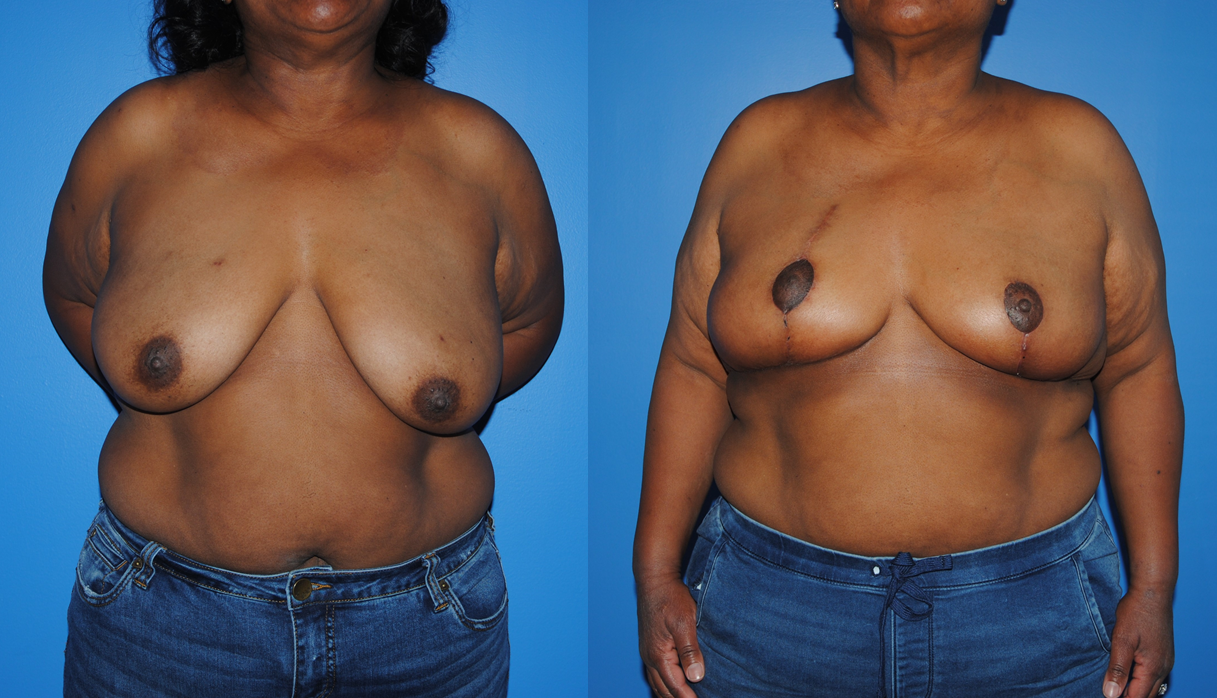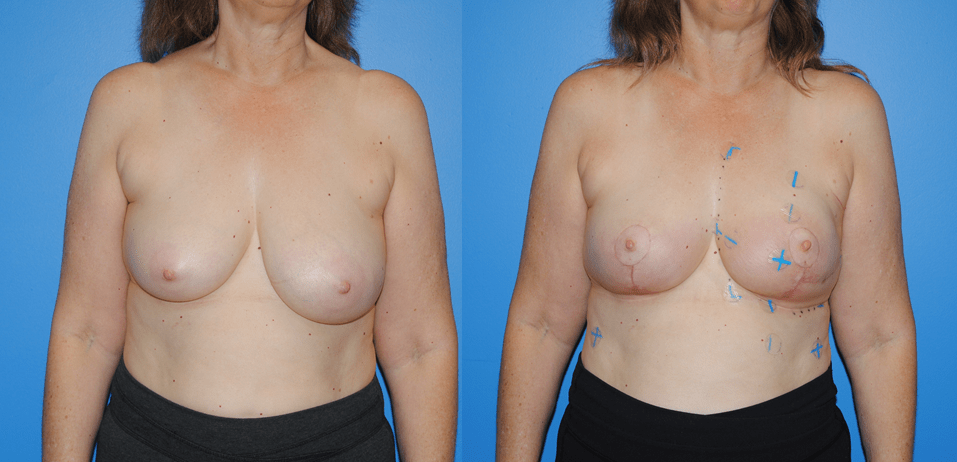Breast cancer that is treated with lumpectomy defects will often undergo radiation therapy. The radiation therapy can adversely effect the skin and tissue of the breast. Common changes can be atrophy of the skin and fat necrosis. The latissimus flap can be helpful to fill lumpectomy defects or defects that occur after removal of fat necrosis. The latissimus flap can…
